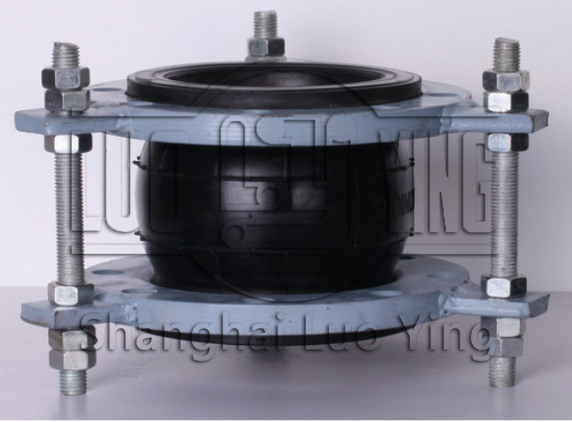What are the characteristics of seawater resistant rubber expansion joints?
Nov-22-02
Seawater-resistant rubber expansion joints have good seawater adaptability, can play a good role in resisting a variety of corrosive factors in seawater, to ensure that the pipeline in seawater can also be safe and stable operation.The material used for seawater resistant rubber expansion joints is very strict, it needs to use the rubber material must be acid and alkali resistant, its solvent resistance, seawater resistance is excellent, and has good non-flammable properties, can be self-extinguishing after the fire.
Because seawater is corrosive, but it is not for all materials. The main reason is that seawater belongs to the electrolyte solution, and metal can form a battery, electrochemical reaction, corrosion occurs. This situation will generally use neoprene, EPDM made of this material rubber joints have good resistance to weak acids and alkalis, seawater resistant rubber joints within the medium channel is straight, the medium is straight flow, the flow resistance is small. The medium can flow in any direction on both sides and is easy to install.
Neoprene is the noble of common rubber. It has excellent adhesive and sealing properties, oil resistance, heat resistance, flame resistance, sunlight resistance, ozone resistance, acid and alkali resistance, chemical reagent resistance, good aging resistance, excellent tensile resistance, elongation up to 600% or more; the disadvantage is poor cold resistance and storage. EPDM rubber joints have high physical strength and can withstand large pressure. It has good weather resistance, ozone resistance, water resistance and chemical resistance. It can be used for alcohols and ketones, and can be used for sealing in high temperature water vapor environments. Not recommended for food use or exposure to mineral oil.


